You are missing a large area of teeth, and you are confused between the many dental treatments available today; metal partial denture, valplast partial denture, or implant? How about acrylic and acetol resin partials? Pros and cons of each approach? Which one is right for you? The following article will provide you with basic knowledge about the dental methods today to treat patients who have lost many teeth.
Contents
1. Implant
Implants are the most modern and advanced dental treatment available today, often applied in cases where the patient has NO roots. The implant works independently as a separate tooth, so it can be used in case of missing one tooth or many teeth.
To optimize the cost, instead of implanting each tooth position for the missing tooth, the doctor will advise “implant on all 4 “or “implant all on 6,” depending on the patient’s oral condition.
a. Pros of implant
The structure of the implant is similar to a complete tooth, so after implantation:
– Firmly fixed to help restore chewing and biting functions just like natural teeth
– Completely overcome the condition of jaw bone loss to help avoid the phenomenon of underbite and sagging facial muscles due to bone loss
– Aesthetic function is higher than that of removable dentures
– Successful implant patients will have beautiful teeth with the same function as natural teeth. The lifespan of the implant is almost lifelong.
b. Cons of implant
However, to have a successful implant, it is necessary to note the following issues:
– Cost: Implant is the most expensive treatment method of all teeth treatment methods because of the chewing function and almost absolute aesthetics if successful.
– Invasive surgery: require a dentist to make a detailed treatment plan and solid skills.
– Long treatment time: When choosing implants, patients need to persevere in treatment in stages, eat, and keep their teeth clean to help damaged tissues recover quickly.
– Not suitable for all patients: Because transplantation is invasive surgery, not all patients may respond to surgery. The dentist needs to carefully consult Cases with underlying diseases or blood clotting disorders.
2. Partial Dentures
Compared with implants, more patients choose partial dentures because of their reasonable cost, less treatment time, and a sense of security for many patients afraid of invasive surgery. Dentures are now very diverse, and dentists will advise you when you come for examination and treatment. However, understanding the types of partial dentures will help you make the best choice for you
a. Removable Partial Denture (Acrylic Partial) and Flexible Partial Denture (Valplast Partial)
Acrylic Partial is the most basic restoration of the removable jaw. The completion time is fast, convenient, low cost, and suitable for almost all patients. However, acrylic partials have many disadvantages
- Acrylic is essentially a hard plastic, so it often creates many “sore spots” in the mouth
- The clasp part is a thin metal wire. Poor fixation ability makes acrylic partials often not fixed
- Very easily damaged and broken due to complex acrylic components
Flexible Partial Denture has the main component of flexible plastic (Valplast), which helps solve many disadvantages of Acrylic Partials.
- Valplast is a flexible plastic, so it is less painful than Acrylic partials
- The Clasp part is also made of Valplast, so it is more aesthetic than acrylic partials
- Very difficult to break due to flexibility
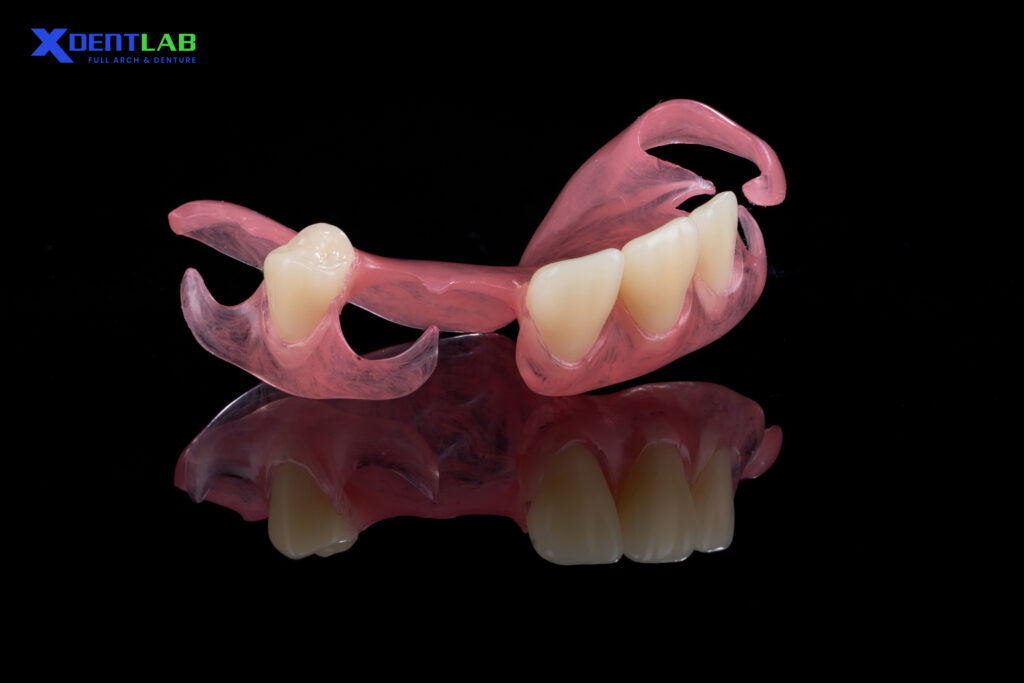
However, these two types of dentures still have some common disadvantages as follows
+ Ability to support
Two types of dentures are not stable and easy to move when used because it only receives direct support from the gums. All the force will be put on the denture and transmitted down to the gums when biting. Gums are soft tissues that are not good at bearing troops, so they can only support a small amount of chewing force. Therefore, when using these two types of dentures, the patient’s chewing function is poor, and they can only eat some soft liquid foods.
+Clasp
The support clasps are thin metal wire (acrylic partials) and flexible plastic ( Valplast partials), so the fixation is poor and uncertain; most of the primary role of these clasps is to help fix the dentures without falling out of the mouth. The part of force transmission is very least
+ Other problems
The wearer using these types of dentures creates a chewing force; biting acts on the gum tissue for a long time, which will cause damage to the gum tissue, leading to gum recession.
In addition, when using these two types of dentures, the wearer needs to build a habit of clean oral hygiene to remove food plaque. The accumulation of plaque over time will form black, stained areas on acrylic and valplast partials
+ Food taste
Patients with these two types of partials often report having difficulty eating because these two types of removable partials are not stable, only supporting the chewing of soft foods. In addition, the patient feels gum pain when chewing hard foods due to the use of much force. Since then, the perception of food has been worse
+ Suitable for which patients?
Most dentists only advise using these two partials for patients with limited treatment costs, allergies to metal components, or patients who need to use temporary teeth during the waiting period. Implant shape because this disassembly does not bring high rehabilitation efficiency, only used for a short time
b. Metal Partial Denture ( Chrome Cobalt or titanium framework )
Compared to acrylic and Valplast dentures, metal partial denture presents a better functional advantage. The only disadvantage of this type of restoration is that it does not meet the aesthetic side due to the metal components from the base and exposed clasps.
+ Ability to support
Metal clasp and frameworks give metal partial dentures a better fixation than acrylic/ valplast dentures. Metal clasps attached to the natural teeth help reduce the biting force on the gums. The metal framework helps transmit the bite force and helps fix the denture.
A metal partial denture helps the wearer to enjoy a wider variety of dishes. Stable bite and chewing force help to feel food better
+ Clasp
The advantage of metal partial denture is that the metal clasps are seamlessly connected to the framework, creating a uniform distribution of force on the teeth and gums, thereby helping this type of restoration promote high efficiency for the user.
In some cases, due to aesthetic requirements, the wearer may want to change the clasp material from metal to another material. However, it does not work well because it reduces the function of the dentures and the clasps are not durable due to being attached with glue.
+ Other problems
Poor biocompatibility due to metal components may cause allergic reactions in some people
The metal clasps exposed on the abutment teeth are unsightly
Some patients will feel uncomfortable due to the weight of the metal components on the supporting tissue. However, if the patient chooses a metal partial denture made from a titanium base, the “height” problem will be overcome entirely when titanium is four times less in weight compared to chrome cobalt
+ Food Taste
The fixation of metal partial dentures helps transmit the bite force to the food better, thereby helping the person perceive the food taste better than acrylic/valplast dentures. However, if the wearer is sensitive to metallic odors, the metal partial denture is not a good choice because the “metallic smell” can affect food taste.
c. Acetol Resin Dentures
Acetol Resin dentures were created for patients who wanted a partial denture with the characteristics of Valplast (light, aesthetic, biocompatibility) and Metal Parials (fixed, sturdy).
- Very strong but very light (as light as titanium)
- Biocompatibility
- Slightly flexible -> deeper undercuts for better retention
- Shade from A1-A4 for matching teeth’s color
- No visible metal material
Where to find a quality outsourcing dental laboratory?
In Vietnam, Xdent is one of the specialist dental partners for the foreign market. Xdent is a subsidiary of Nha Viet dental group – the largest distribution center of dental materials in the Vietnam market since 2006. With a long experience in the dental field, we will bring partial dentures at competitive prices to the customers.
Author: Xdent team

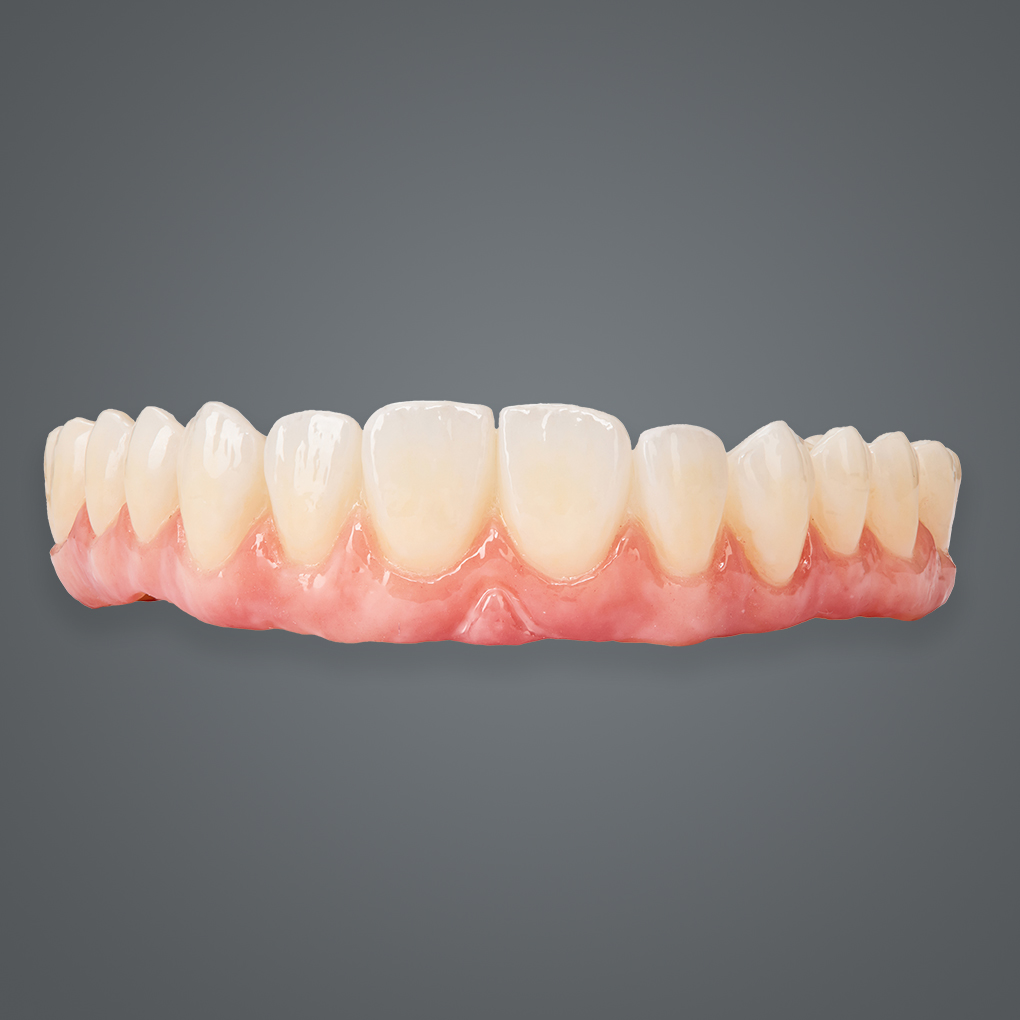
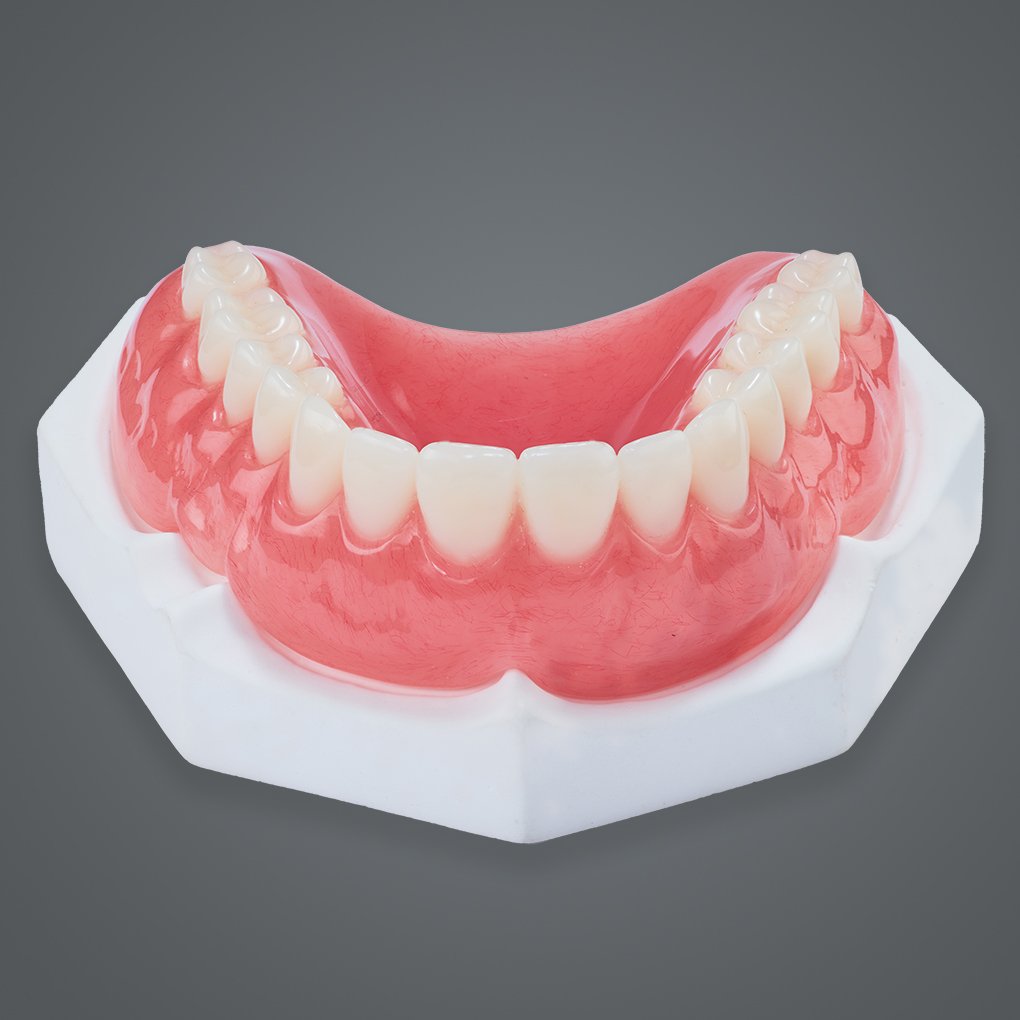
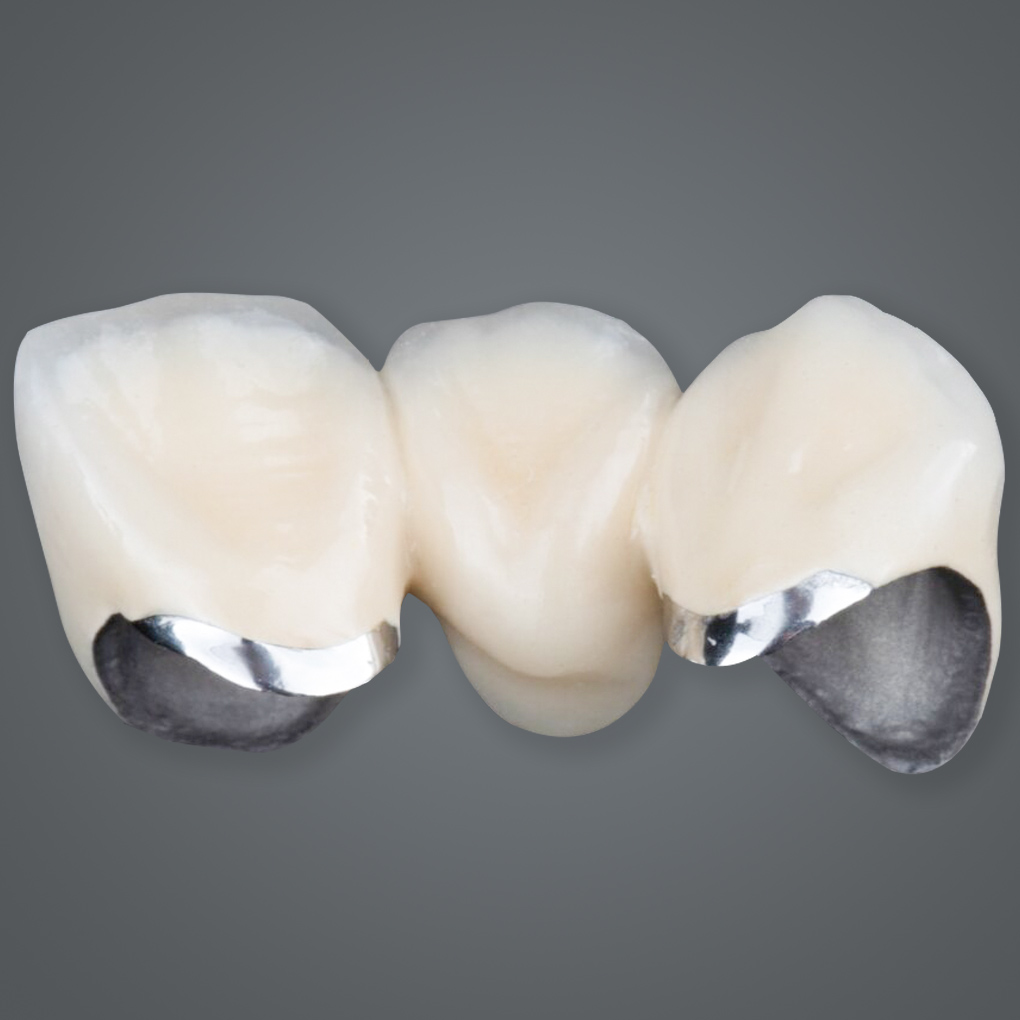
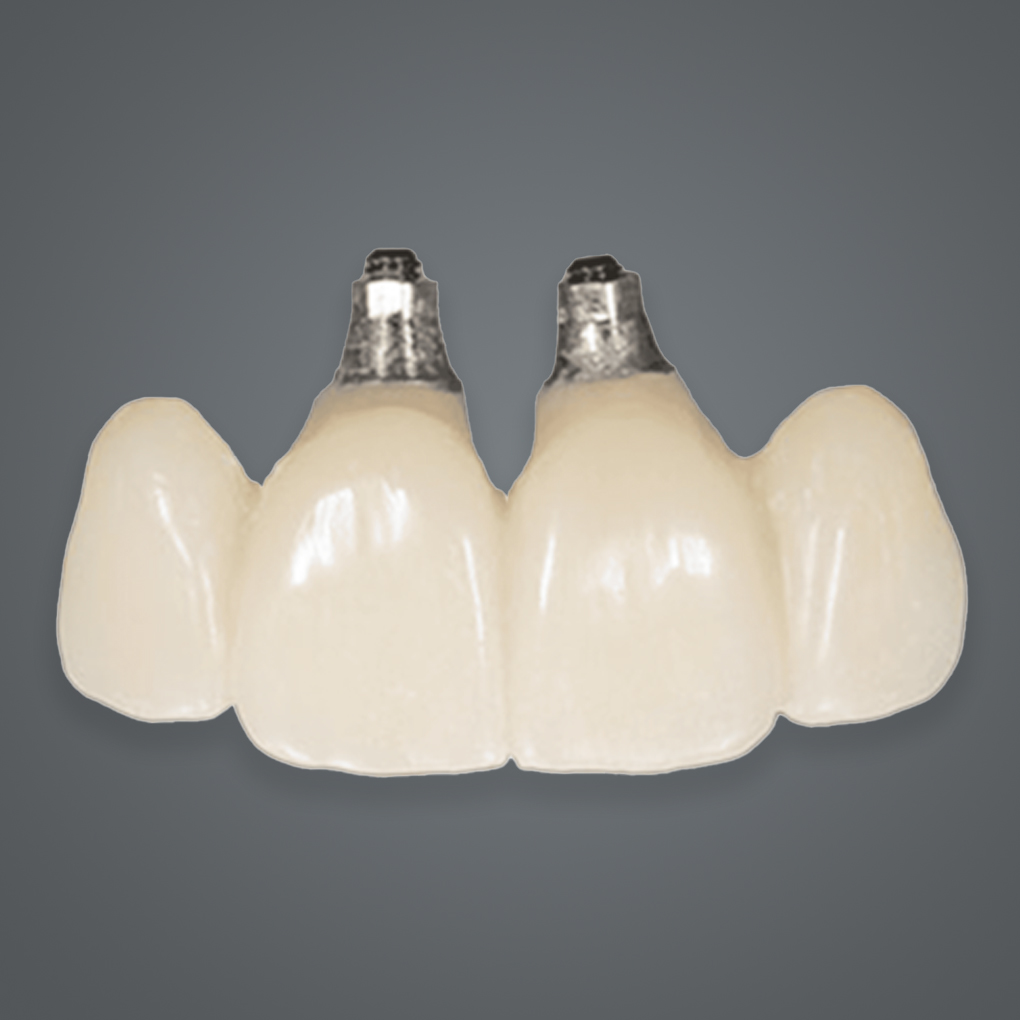
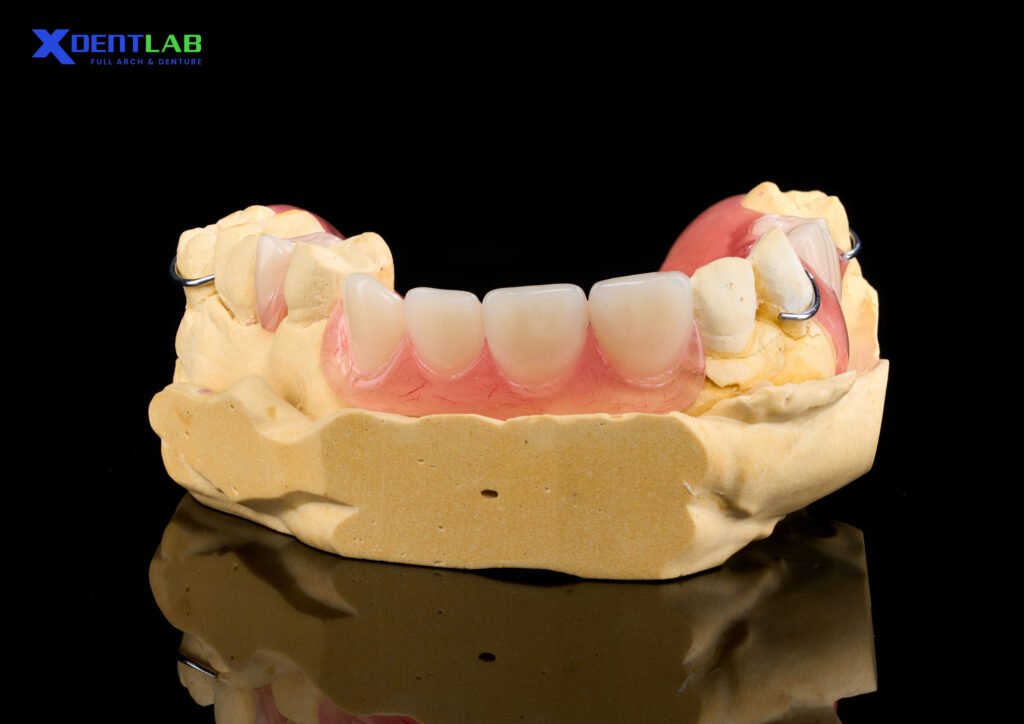
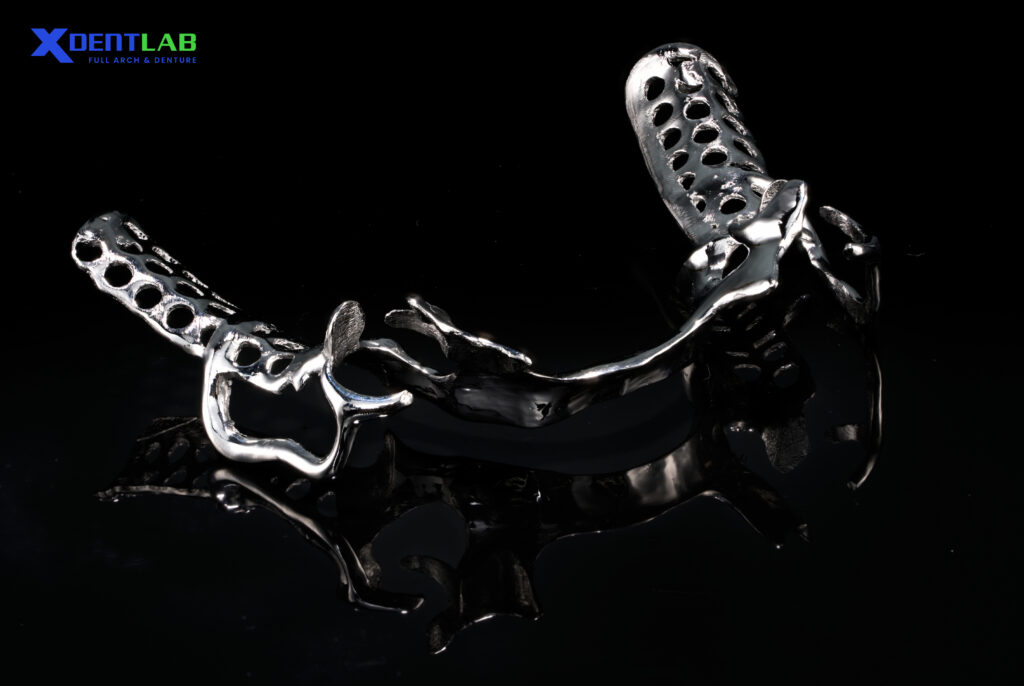
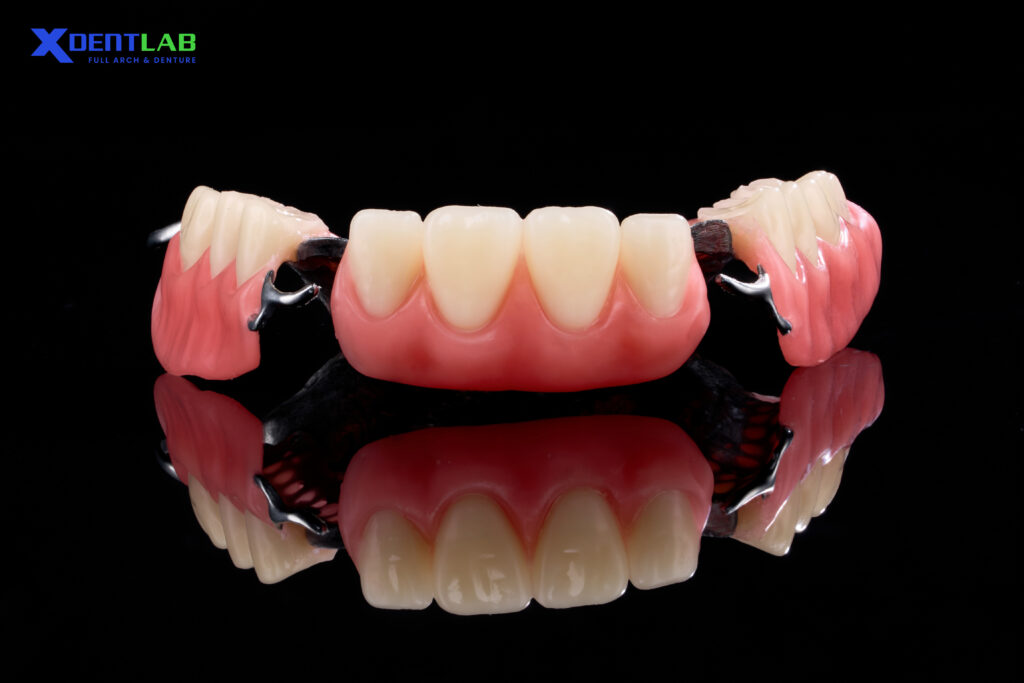


Многие специалисты предпочитают покупать уже готовые базы для хрумер, чтобы не тратить время на их сбор.
The Stake Casino gameathlon.gr is one of the leading cryptocurrency casinos as it was one of the pioneers.
The digital casino industry has expanded significantly and there are many options, not all online casinos are created equal.
In this article, we will review top-rated casinos available in Greece and the benefits they offer who live in Greece.
Best online casinos of 2023 are shown in the table below. You will find the top-ranking gambling platforms as rated by our expert team.
For any online casino, make sure to check the licensing, gaming software licenses, and data protection measures to guarantee safe transactions for users on their websites.
If any of these factors are absent, or if it’s hard to verify them, we exclude that website from our list.
Gaming providers are crucial in determining an internet casino. Generally, if the above-mentioned licensing is missing, you won’t find reputable gaming companies like Evolution represented on the site.
The best online casinos offer known payment methods like Visa, but should also provide electronic payment methods like Neteller and many others.
Na trhu v hlavním městě nabízíme také střešní tašky betonové v Praze roofer.cz, které splní očekávání i těch nejnáročnějších zákazníků díky své robustnosti a kvalitnímu provedení.
Darknet — это закрытая область онлайн-пространства, куда открывается доступ с использованием специальные программы, например, через Tor.
В этой среде доступны как официальные, так и противозаконные ресурсы, например, магазины и прочие площадки.
Одной из известных онлайн-площадок была BlackSprut, что предлагала продаже разных категорий, в частности запрещенные товары.
bs2best актуальная ссылка
Подобные площадки нередко используют биткойны для обеспечения конфиденциальности транзакций.
При этом, правоохранительные органы периодически ликвидируют основные нелегальные рынки, хотя на их месте возникают новые торговые точки.
You can find a comprehensive collection of high-quality medicines to suit your health requirements.
Our platform guarantees fast and safe shipping wherever you are.
Each medication is supplied by licensed suppliers to ensure safety and quality.
Feel free to browse our catalog and get your medicines hassle-free.
Got any concerns? Our support team are here to help whenever you need.
Prioritize your well-being with our trusted e-pharmacy!
https://allventurehub.com/kamagra-oral-jelly-understanding-the-growing-demand/
BlackSprut – платформа с особыми возможностями
BlackSprut удостаивается интерес широкой аудитории. Что делает его уникальным?
Эта площадка обеспечивает широкие опции для своих пользователей. Оформление платформы выделяется простотой, что делает платформу интуитивно удобной даже для тех, кто впервые сталкивается с подобными сервисами.
Стоит учитывать, что данная система обладает уникальными характеристиками, которые делают его особенным на рынке.
Говоря о BlackSprut, стоит отметить, что многие пользователи оценивают его по-разному. Многие подчеркивают его удобство, а некоторые относятся к нему неоднозначно.
Подводя итоги, BlackSprut остается объектом интереса и удерживает интерес разных пользователей.
Рабочее зеркало к BlackSprut – проверьте у нас
Если нужен актуальный домен БлэкСпрут, вы на верном пути.
bs2best
Периодически ресурс перемещается, и тогда приходится искать актуальное ссылку.
Обновленный адрес всегда можно найти здесь.
Проверьте рабочую версию сайта прямо сейчас!
Обзор BlackSprut: ключевые особенности
BlackSprut удостаивается внимание разных сообществ. В чем его особенности?
Эта площадка обеспечивает разнообразные возможности для своих пользователей. Визуальная составляющая сайта отличается функциональностью, что делает его понятной даже для новичков.
Стоит учитывать, что BlackSprut работает по своим принципам, которые отличают его в определенной среде.
При рассмотрении BlackSprut важно учитывать, что различные сообщества выражают неоднозначные взгляды. Некоторые выделяют его возможности, а кто-то оценивают его неоднозначно.
Таким образом, BlackSprut остается темой дискуссий и удерживает интерес разных пользователей.
Ищете рабочее зеркало БлэкСпрут?
Если ищете актуальный домен BlackSprut, то вы по адресу.
bs2best at
Сайт может меняться, поэтому важно иметь актуальный линк.
Мы следим за актуальными доменами чтобы предоставить новым зеркалом.
Проверьте актуальную ссылку прямо сейчас!
Buying drugs online is much more convenient than going to a physical pharmacy.
You don’t have to stand in queues or stress over closing times.
Online pharmacies allow you to buy your medications without leaving your house.
Many websites offer better prices in contrast to traditional drugstores.
http://mblforum.com/forum/viewtopic.php?t=5927
Additionally, you can browse different brands quickly.
Fast shipping adds to the ease.
Have you tried buying medicine online?
Любители азартных игр всегда найдут актуальное обходную ссылку казино Чемпион и продолжать играть популярными автоматами.
На сайте можно найти разнообразные слоты, включая классические, и последние разработки от топовых провайдеров.
Если главный ресурс временно заблокирован, альтернативная ссылка даст возможность без проблем войти и продолжить игру.
чемпион слот
Весь функционал остаются доступными, включая открытие профиля, финансовые операции, и акции для игроков.
Пользуйтесь проверенную альтернативный адрес, и не терять доступ к казино Чемпион!
Почему BlackSprut привлекает внимание?
BlackSprut вызывает интерес широкой аудитории. Почему о нем говорят?
Эта площадка предлагает широкие функции для аудитории. Оформление сайта характеризуется простотой, что делает платформу понятной без сложного обучения.
Необходимо помнить, что этот ресурс обладает уникальными характеристиками, которые делают его особенным на рынке.
При рассмотрении BlackSprut важно учитывать, что различные сообщества оценивают его по-разному. Одни выделяют его возможности, другие же относятся к нему с осторожностью.
Подводя итоги, эта платформа продолжает быть предметом обсуждений и удерживает внимание разных пользователей.
Где найти работающий линк на БлэкСпрут?
Если ищете обновленный сайт BlackSprut, то вы по адресу.
bs2best актуальная ссылка
Иногда платформа перемещается, поэтому нужно знать актуальное ссылку.
Обновленный доступ всегда можно найти здесь.
Проверьте актуальную версию сайта у нас!